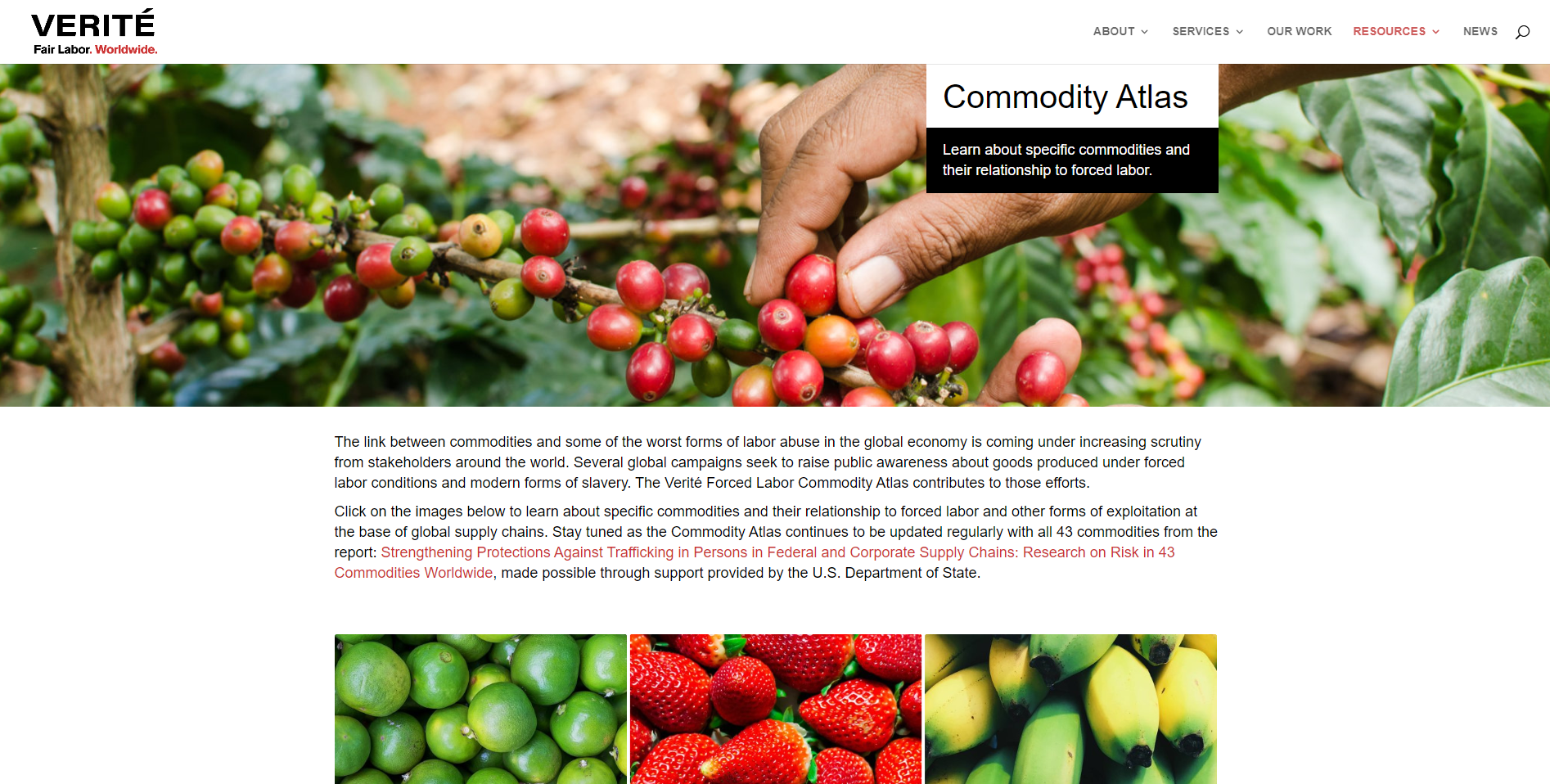Fair Hiring Toolkit: A Fair Hiring Framework for Responsible Business
Online ToolsWhether you are a brand, supplier, government, investor, anti-slavery or labour-rights organization, social auditor, or certifier, your approach to protecting migrant workers is not complete unless it includes a focus on the path that workers take ...Read More



